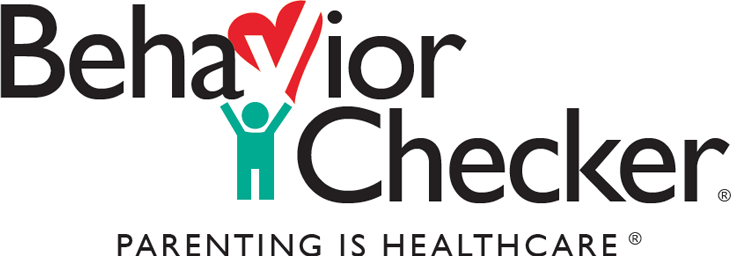What to do:
Self-Talk. Say to yourself, "It's okay if my child has trouble adjusting to change. I don't want her to be fearful, but I can stay calm when she is."
Empathy. Tell yourself, "I know how my child feels. She is calmer when she knows what's going to happen next. So am I! I don't like change, and it helps me feel more in control when I know what's going to happen."
Teach. Tell yourself, "I can help my child to not to be afraid of change." Security comes from being able to predict how things will be.
Praise Accepting Change. Tell your child, "It's so great that Daddy will take you to school today. I know Mommy usually does that, but it's also nice to change sometimes." If he cries and resists that change, be patient but consistent in your teaching him that he can handle change.
Give Choices. Empower your child by offering choices, within limits. Say for example, "You may choose this shirt or that shirt. You decide which."
Restate Choices. Telling your child he gets to do something rather than has to do it will transform his feelings of fear and loss of control into feelings of power and excitement. Say for example, "You get to have a new babysitter tonight. She's going to be lots of fun. Isn't it exciting getting to know someone new?"
Model Self-Talk. To show your child a different way of thinking about change, say, for example, "I am excited about going to my new job. It's in a different building than my old job and it will feel strange, but that's no big deal. I will feel so good learning new things."
Set Goals for Accepting Change. Preparing for change ahead of time can make it easier. Have your child set goals for handling change by saying for example, "You're going to the zoo with your class tomorrow. It'll be fun. Let's set a goal of your having a good time at the zoo."
Teach Problem-Solving. Give limited choices help your child feel some control. Say for example, "I know it will feel strange to move into the big bed. Let's think about what we can do to make it feel better. Maybe you could take your teddy bear into the big bed with you and he'll keep you company while you're there. What are your ideas?"
Prepare Ahead of Time. Prepare your child for going to camp or on a trip by talking about what an exciting new experience it will be and how much fun it will be. The feelings of fear and excitement are about the same, so your labeling "fear feelings" as "excitement" will change how your child feels about the new adventure.
When Your Child Lives in Two Houses. At least a day ahead of time to change houses, begin talking about the change by saying such things as, "Tomorrow after school, Daddy will pick you up. He really wants to see you and spend some time with you. I'll bet he will have some exciting things for you to do together. I'm so glad you'll get to see him."
What not to do:
Don't Meet Resistance with Anger. Children who are upset by change need lots of support and empathy to reduce their anxiety. Getting angry with your child for being inflexible only increases his sense of helplessness and doesn't help him learn to accept change.
Avoid shaming by saying "Don't be like that!". When your child gets upset, don't put her down. Instead, say, "I know it's hard for you to change babysitters. But you can handle it. It'll be okay."
Don't Make Your Own Resistance to Change Make You Rigid. When you have in mind what you want your child to do but he doesn't want to do it, tell yourself to be flexible and help guide him instead of demanding he do it your way.
Don't Be Overly Emotional. When your child has to go to Mommy's (or Daddy's) or off to school, don't say how sorry you feel for her and tell her how much you will miss her. That will only increase her stress because now she's responsible for your feelings, too.
